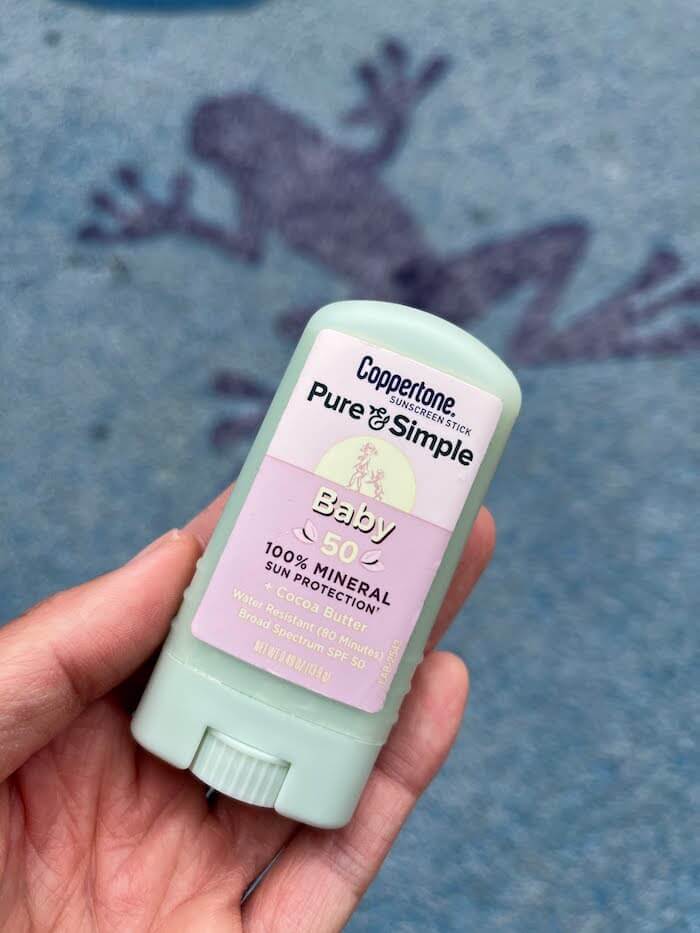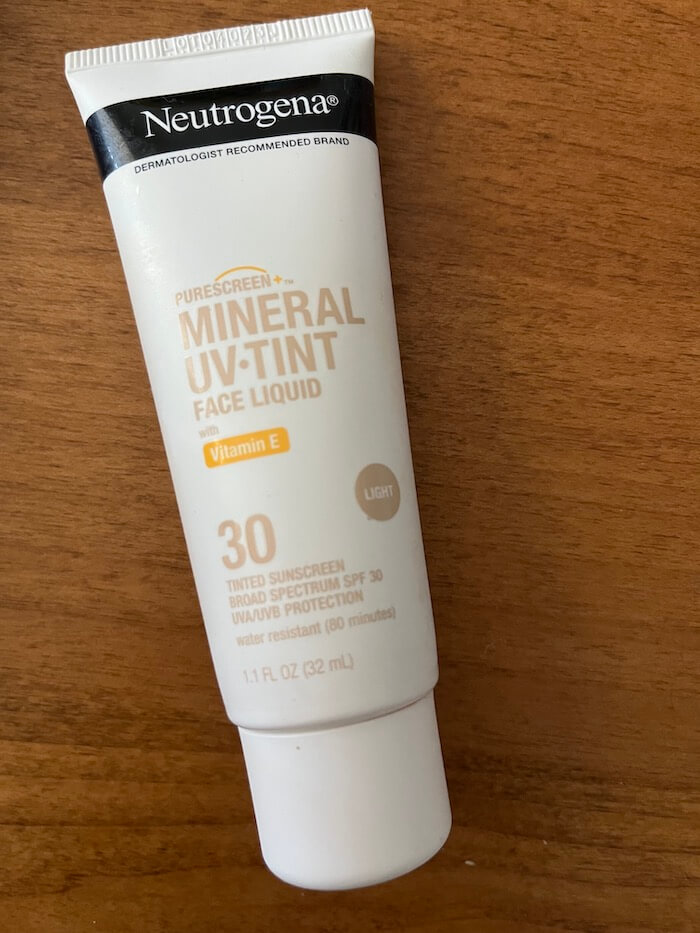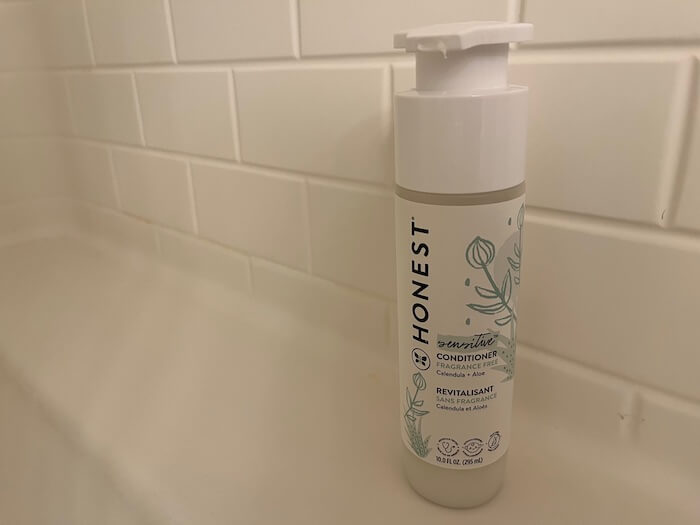Australian Gold Botanical SPF 50 Tinted Face Sunscreen's PA Rating
I asked Australian Gold about my favorite facial sunscreen's UVA protection factor. Read on to find out its PPD (and PA rating).
If you’ve ever seen the package for an Asian sunscreen before, you may have noticed a lot of plus signs on the bottle. They aren’t just there to make you feel positive (get it? ha!)—they actually refer to the sunscreen’s level of UVA protection. SPF measures a sunscreen’s UVB protection. Europe and Asia actually have established UVA testing and labeling standards (hence the PA+++ on labels). However, this doesn’t mean that you can’t ask companies directly, especially if you know they sell in markets where these PA ratings are published. I reached out to Australian Gold to learn more about the UVA protection factor of my favorite sunscreen: Australian Gold Botanical SPF 50 Tinted Face Sunscreen
The difference between SPF and PPD rating
First off, why isn’t the SPF enough information for everyone? The SPF factor of a sunscreen refers to its ability to protect against UVB rays, but it says nothing about protection against UVA rays. SPF stands for Sun Protection Factor. The “factor” tells you how much longer it would take your skin to burn when exposed to UV rays while wearing that sunscreen vs. when you’re not wearing that sunscreen.
For example, a sunscreen with a sun protection factor of 30 has been tested to protect your skin from UVB rays (measured by sunburn) for 30 times longer than if you hadn’t worn that sunscreen (assuming that you apply it as directed). According to the Skin Care Foundation, glass can block out UVB rays, but not longer-wavelength UVA rays. (This includes car side windows of cars. You can apply clear film on your car windows to block UV rays—find a list of Skin Cancer Foundation-approved products here). Or you can wear protective clothing, or a sunscreen that provides protection against UVA rays.
The other factor: UVAPF
UVA rays are longer-wavelength rays that cause aging/sagging skin, and hyperpigmentation. Only a few of the FDA-approved active sunscreen ingredients provide protection against part or all of the UVA spectrum, mainly:
- avobenzone
- oxybenzone
- titanium dioxide
- zinc oxide
Of these, only zinc oxide protects against both UVA1 and UVA2 spectrum rays.
The UVA protection factor (UVAPF) of a sunscreen is determined through Persistent Pigment Darkening (PPD) testing. You can kind of guess what this test does—PPD testing measures how much a sunscreen can protect against the darkening of skin in test subjects after being exposed to a UVA light source. The idea is to determine the sunscreen’s effectiveness at protecting against UVA rays (the wavelength range that causes hyperpigmentation and aging). The higher the PPD rating, the better a sunscreen is at protecting against UVA rays.
Like SPF, a sunscreen’s PPD rating is measured as a factor (how many times longer can you be exposed to UV light without seeing signs of damage on the skin?), except that it specifically tests exposure to UVA light, rather than UVB. A PPD rating of 5 means that you’ll be protected against UVA rays for 5 times longer than if you hadn’t applied that sunscreen.
In the U.S., the FDA allows any sunscreen to label itself as “broad spectrum” if it “provides UVA protection that is proportional to its UVB protection” (Source). However, in the U.S., you can’t see the UVAPF rating listed on the label, like you can for Asian or European sunscreens. But you can still buy Asian and European sunscreens if the UVA protection factor (PPD rating) really matters to you.
Translating UVAPF to PA+ labels
Here’s a table I found that roughly translates the UVAPF to the number of PA plusses:
| UVAPF | PA labeling |
|---|---|
| 2 < 4 | PA+ |
| 4 < 8 | PA++ |
| 8 < 16 | PA+++ |
| 16+ | PA++++ |
Now that we have some background for PPD ratings, let’s see what we can find out about Australian Gold Botanical Tinted Face Sunscreen (SPF 50).
Australian Gold’s PA rating
I asked Australian Gold about the PA rating of the Botanical Tinted Face Sunscreen (SPF 50). Here’s what they said.
“Thank you for contacting us. Our PPD is 19.2 which is our UVA protection factor. Our PA is ++++ or +++ depending on the country regulations, and if they have adapted to the four plus rating or not. The formula is the same in the US as it is in other countries.”
According to the company, the PPD rating of Australian Gold Botanical SPF 50 Tinted Face Sunscreen is 19.2, which means that its PA rating is PA++++. The company even knows that some countries haven’t adopted the PA++++ system, and are still listing PA+++ as the max. In 2012, the Japan Cosmetic Industry Association (JCIA) added the fourth level (PA++++), but not all countries have followed suit. It looks like Australian Gold Botanical SPF 50 Tinted Face Sunscreen falls into the prestigious PA++++ category (or PA+++ for other countries in which that’s the max level).
It’s interesting that Australian Gold doesn’t (or can’t?) market this in the U.S.—instead, it has to make do with labeling itself as “broad spectrum” and “SPF 50,” without a peep about its excellent UVA protection factor. However, sunscreen aficionados like me will be happy to hear that this sunscreen is a great source of broad spectrum protection against UVA and UVB rays, even if the label doesn’t have four plus signs anywhere in sight. Read my full review of this here.




Share this post
RSS
Facebook
Reddit
Email